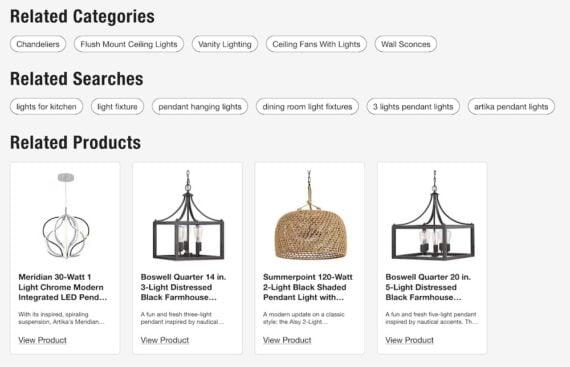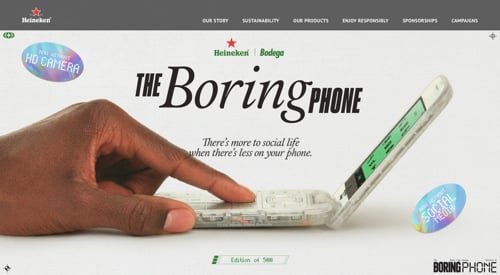
Only 14.77 of online shoppers return to an online store to place a second order. And even fewer customers become regular customers. Sellers should implement more well-timed measures to engage repeat customers, according to a recent study from Uptain.
Getting customers to come back to your online store and place another order is difficult. A recent study from Uptain analyzed data of more than 3,000 online stores. The report looked into how valuable repeat customers actually are for online sellers.
More than 85% of customers are one-time buyers
Table of Contents
A large majority of customers (85.23 percent) of shoppers only make a single purchase. This means that only 14.77 percent of shoppers return for another purchase. The fact that most shoppers only purchase once at an online store, is due to the fact that many online products are bought impulsively. However, using discounts to target customers to come back a second time could help.
Higher shopping cart value with returning customers
According to the research, the median shopping cart value of returning customers is 80.41 euros. At the same time, the median shopping cart value of one-time buyers is 59.90 euros. This indicates that returning customers generate more revenue per order.
These customers also require a smaller marketing budget than new customers. This, in addition to the higher order values, increases the return on investment for online sellers. However, the median shopping cart value does decrease gradually after repeat customers place more than 3 orders.
Only 30% of customers place more than 2 orders
While it can be rewarding in terms of revenue and return on investment to get more repeat customers, online sellers should be aware that most return customers only come back for a second purchase. Less than a third of those customers place more than two orders (30.16 percent).
Only a small group of repeat customers actually become regular customers
Customers who place orders at an online store more than three times also make up a small share, of 12.37 percent. Less than 2 percent shop multiple times per month. This indicates that even when customers do decide to place a second order, only a very small group of them actually becomes regular customers.
Interval between orders decreases
A second purchase is, on average, placed two weeks after the first one. Because of that, online sellers could target first-time customers with engagement measures around that time. And after a second purchase, the interval between orders continues decreasing. It seems that closer and regular communication with repeat customers might be helpful.
There are more differences between one-time buyers and repeat buyers. For example, returning shoppers visit fewer pages and spend less time in the online store, as they move through the process faster. This means that the window for on-site marketing to increase conversion rates is small. Sellers who want to target this customer group need to work with clear offers, and messages that are quickly seen, as traditional browsing or long navigation rarely happens.
‘New and effective measures to build long-term customer relationships must be implemented’
“Recurring customers are becoming increasingly important in times of rising click prices and fierce competition. Online retailers are currently failing to build long-term customer relationships. As a result, a lot of sales potential is simply being lost. A traditional newsletter is not enough. New and highly effective measures, such as AI-supported personalization or automated WhatsApp messages, must be implemented”, says Julian Craemer, CEO of Uptain.





